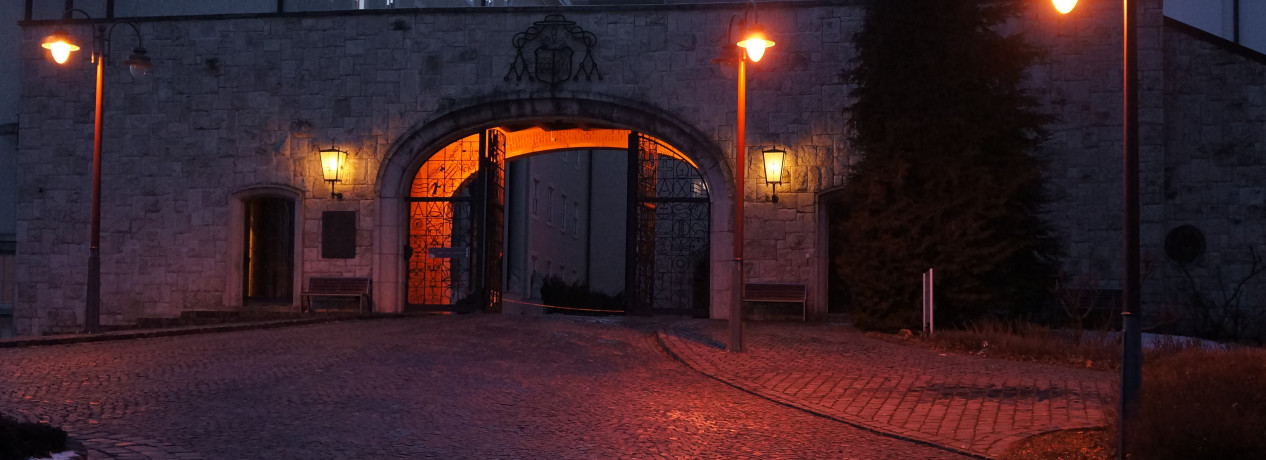About the city
Pannonhalma
Pannonhalma is a small town of roughly 4,000 inhabitants in Győr-Moson-Sopron County. It lies 19 kilometers south-southeast of Győr in the Sokoró Hills, about 130 kilometers from Budapest. It is a popular tourist destination, known first and foremost for the Pannonhalma Benedictine Abbey and its buildings, which were added to the UNESCO World Heritage List in 1996.
Over the course of the millennium preceding the Hungarian Conquest at the end of the ninth century, the area was inhabited by various ethnic groups. After the Conquest, a royal manor house was built under the rule of Prince Géza, presumably on the cemetery hill, and this became home to the Benedictines, who were invited to settle in the area in 996. Later, both the Tatar invasion and the Ottoman occupation of Hungary left their mark on the settlement, which was repeatedly left almost entirely deserted due to external influences. In the 1980s, the Pannonhalma-Sokoróalja Wine Region was established in recognition of the high quality of the viticulture in the area. In 2000, the municipality was given the status of a town, and it began to function as a prominent player in the region. Tourism has become an increasingly important part of the cultural and economic life of Pannonhalma, and the tourist attractions include the Benedictine Abbey, which is a World Heritage site, as well as various catering establishments and the hillsides surrounding the town, which offer superb opportunities for hiking.
The former monastery of Saint Martin, which was built by the Benedictine monks, was one of the most important centers in Hungary from which Christianity spread. Founded under Prince Géza, the Benedictine monastery is not merely a religious center. It is also a place of great importance as a lieu de mémoire, a center of art history, and an educational institution. Today, the abbey is home to a community of about 40 monks who hold liturgies, welcome novitiates, run a boarding school, do work to nurture cultural life (by maintaining a library, archives, a museum, and a publishing house and also organizing concerts), and strive to ensure that the abbey has adequate finances by running a winery, a brewery, and an herb garden and be welcoming guests and visitors.
The spectacular ensemble of buildings of the archabbey was built on Saint Martin’s Hill, which rises almost 300 meters, where the hills of Bakony flow into the Little Plain. Over the centuries, various Baroque and Neoclassical elements have been added to the Romanesque crypt and cloister and the Gothic basilica to form the appearance of the abbey today. The nineteenth-century library has a collection of 400,000 books, many of which are rare. The whole building complex is crowned by a tower 55 meters high, which is one of the most famous works of Hungarian Classicism.
The abbey offers a colorful array of cultural programs every year, including exhibitions, sporting events, concerts, and conferences. A highlight is the Arcus Temporum contemporary art festival, which has been open to the public for more than 15 years. The festival aims in part to serve as a bridge between contemporary and classical art.

